Southern California Industrial Real Estate Market: What to Know for 2021
It’s not just that the industrial market easily survived the pandemic—it’s how much the market has thrived because of it.
By Greg Cornfield February 3, 2021 4:35 pm
reprints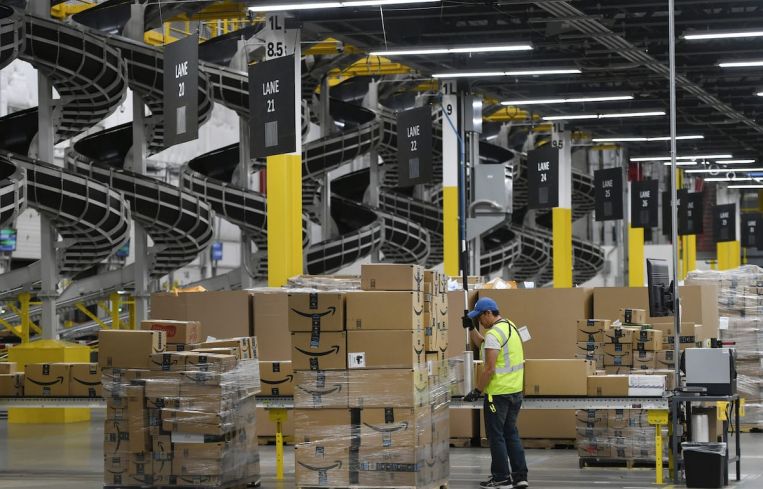
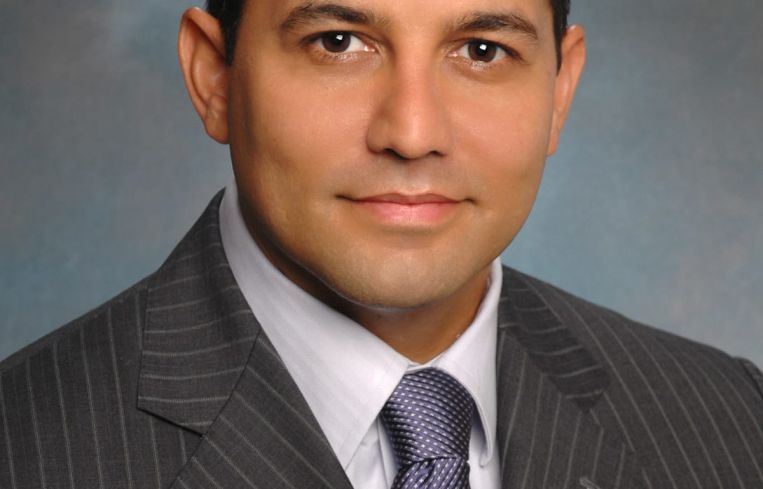
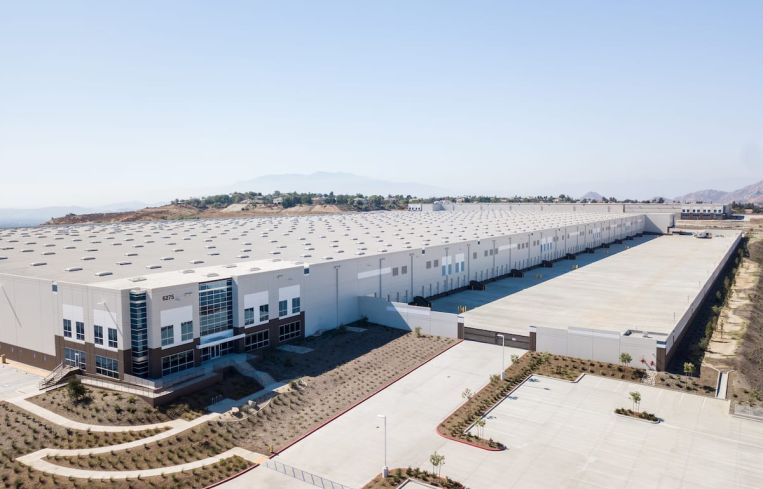
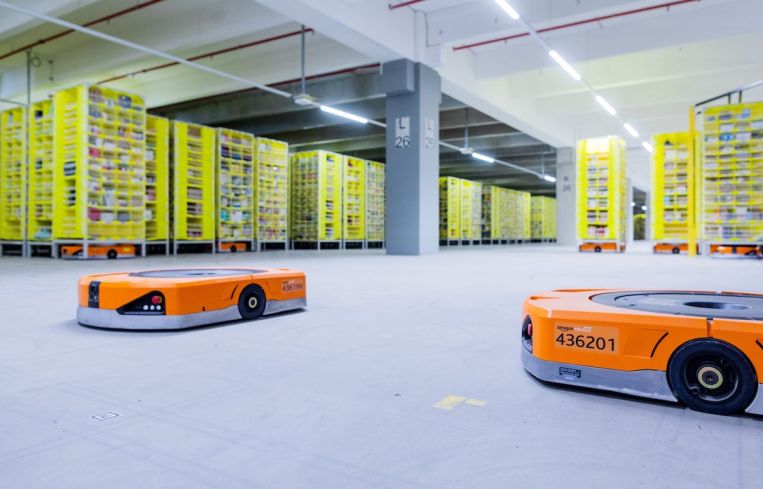
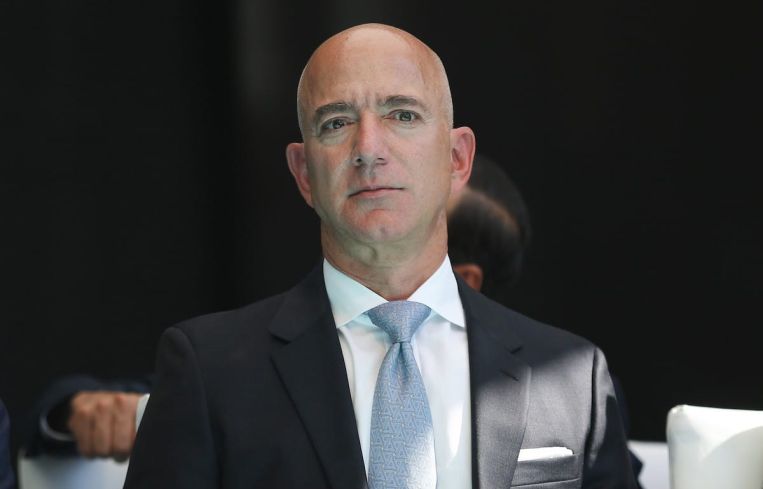
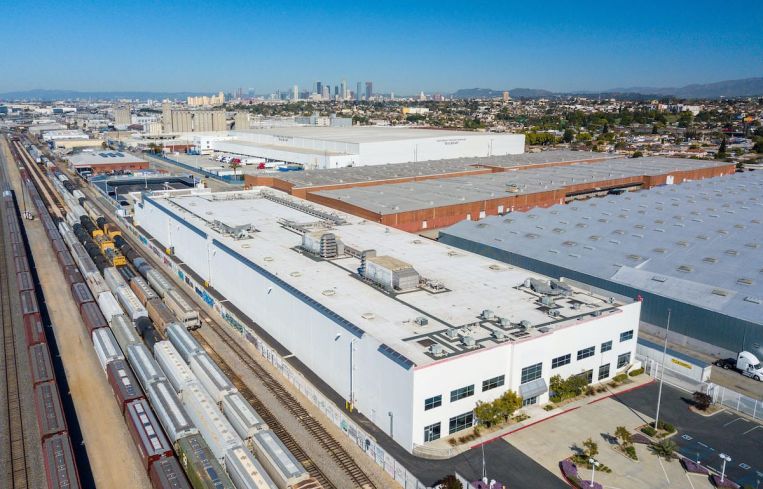
Recession? What recession?
The warehousing and logistics market in Southern California has never been hotter. It’s the light in a dark commercial real estate room that’s getting brighter every day, now operating above pre-COVID rates.
The demands driving the sector — which were clearly building before the pandemic — are the same aspects bolstering it now: e-commerce, cold storage, last-mile distribution. But it’s not just how the industrial market survived the pandemic that sticks out. Rather, it’s about how much the market thrived because of it.
Major investors like Blackstone; and household-name tenants like Amazon; and powerhouse landlords like Dedeaux Properties, Prologis, and Rexford Industrial Realty are raking in all the chips in the changing landscape brought on by the coronavirus crisis. Just look at the Inland Empire, which is seeing its lowest vacancy rates in two decades.
Gene Seroka, executive director of the Port of Los Angeles, recently described the chaotic rollercoaster of 2020 for the region’s distribution industry, and the rampant anticipation for gains this year.
“Our container business in 2020 was the most erratic we have ever seen, with volumes plunging nearly 19 percent in the first five months of the year, followed by an unprecedented second-half surge,” Seroka said at the (virtual) State of the Port of L.A. Second-half volumes increased 50 percent over the first half of the year, with the port handling 94 percent more traffic the week before Christmas than the same week in 2019.
The Allen Matkins/UCLA Anderson 2021 winter forecast, which polled real estate professionals in California, showed how industrial space remains in the growth portion of the business cycles due to unconstrained online shopping. Sentiment about the next three years came “roaring back” to levels of optimism not seen in many years.
“The industrial market continues to be the hottest segment of the CRE world,” Barbara Perrier, vice chairman at CBRE, said in a statement regarding the survey. “2020 was a record year with 224 million square feet of industrial product absorbed in the U.S.”
While the pandemic dampened the market for office space, the opposite is true for industrial properties, the survey found. Lease rate increases are expected to exceed the rate of inflation around the state, and the tight vacancy rates are expected to tighten even further by 2023, due to overall confidence in online shopping-induced demand for industrial space. The U.S. Census Bureau reported that overall retail sales in the U.S. were down 1.1 percent from October to November, while non-store retail jumped 29 percent.
Local affair
Local outlets like Dedeaux Properties and Rexford Industrial Realty continued to take advantage in 2020.
Dedeaux had one of its most active years in recent history with $500 million in transactions, and the development of more than two million square feet of space throughout the state. The firm sold a 1 million-square-foot warehouse in the Inland Empire for more than $100 million almost one year ago to TA Realty after leasing the entire asset to Cardinal Health for more than 10 years. Later on, Dedeaux sold a new 361,350-square-foot distribution facility in the same distribution park for $44.4 million to an office furniture manufacturer.
A joint venture between Dedeaux Properties and Stockbridge Capital Group also acquired a vacant warehouse and distribution center in northern L.A. County for $28.4 million in the summer. It spans more than 214,400 square feet at the 1,100-acre master planned Valencia Industrial Center. Dedeaux plans to completely renovate the facility and add new creative office space.
Dedeaux does cold storage, traditional distribution and logistics assets. Matt Evans, Dedeaux Properties’ CIO, told Commercial Observer that demand has increased for industrial assets that support quicker supply chains, as well as supply chains that can move single items rather than large items or containers.
“The pandemic saw an acceleration of that trend with more people being at home and the supply chain having to get more things to more people in different ways,” he said. “We were already seeing those trends in activity, but it brought it to the forefront even more.”
Dedeaux has more deals in the pipeline set to close this year, and the firm is looking for more expansion opportunities.
“There’s still a fair amount of tenants looking for space, and they’re having a hard time finding it, so the supply-demand feels good,” Evans said.
West L.A.-based Rexford REIT also finished the year on another buying spree. In the fourth quarter, Rexford reported that it executed more than 1.8 million square feet of new and renewal leases, representing 30 percent growth. As of Jan. 8, Rexford collected 97.3 percent of fourth-quarter rent from tenants.
“Our full (2020) acquisition volume of over $1.2 billion, with $875 million acquired during the fourth quarter, is a testament to our unparalleled sourcing model,” Michael Frankel and Howard Schwimmer, co-CEOs, said in a joint statement.
Rexford also recently acquired a fully leased property located in the San Gabriel Valley submarket for $22.2 million, or $46 per square foot. At lease expiration in 2022, Rexford plans to redevelop the 11-acre site into a new 218,000-square-foot, warehouse/distribution facility.
Like the rest of the country, Dedeaux Properties is also seeing increasing demand in cold storage space, as about 95 percent of food produced in or imported to the U.S. goes through third-party centers.
“We’ve definitely seen an uptick in both tenant interest and also investor interest in that space, and we’re continuing to look for opportunities there,” Evans said.
The outsiders
Southern California also continues to draw institutional attention and capital interest from around the world. Take San Francisco-based Stockbridge and National Pension Service of Korea in Seoul acquiring 23 shipping centers for Amazon, Walmart and Target — two of which are located in Southern California’s Inland Empire — for $2 billion. It was the largest industrial transaction by value in the U.S. since the onset of the pandemic, according to the buyers.
Blackstone Real Estate Partners made one of the definitive deals of 2019 when it acquired the industrial assets of Colony Capital for $5.9 billion. And, in December 2020, Blackstone Real Estate Income Trust (BREIT) agreed to a $358 million sale-leaseback of a 13-property industrial portfolio with Iron Mountain Inc. The properties combine for 2.1 million square feet across 122 acres, located primarily in California, Northern New Jersey, and the Lehigh Valley in Pennsylvania and New Jersey. Commercial Observer first reported that one property is located in Irwindale in Los Angeles County, and another is located in Fontana in the Inland Empire. Other locations are in San Diego and the San Francisco Bay Area.
Brian Kim, head of acquisitions and capital markets for BREIT, said in a statement that logistics has become one of the firm’s highest priorities. In January 2021, BREIT and LBA Logistics (LBA) announced the recapitalization of two industrial portfolios owned by LBA comprising $1.6 billion of gross value. BREIT acquired an approximately 60 percent combined interest across both portfolios, which include 71 assets in last-mile locations in West Coast markets with the vast majority in California and Seattle. It totals 9.5 million square feet, and is approximately 95 percent occupied.
“Upon closing this transaction, more than 90 percent of BREIT’s real estate investments will be in multifamily, industrial, and net leased assets, with industrial representing more than 35 percent of BREIT’s portfolio,” Kim said in January.
Those major landlords and investors like Blackstone and Prologis are in Southern California to take advantage of top tenants like Amazon. CO first reported Amazon’s 155,700-square-foot lease at the IAC Commerce Center regional distribution hub in L.A. County
In May, Amazon signed to occupy almost 100,000 square feet at the same 135-acre business park as DrinkPAK, a beverage manufacturer, which signed a seven-year lease in November for a 172,324-square-foot building next door. And then in December, Amazon announced another new delivery center in Silicon Beach on L.A.’s Westside.
Amazon also acquired the Orange County Register’s former printing location in Santa Ana in 2020, and plans to demolish it and build a 112,485-square-foot, last-mile distribution warehouse, just south of Anaheim. The company is also redeveloping another property into a last-mile location in Mission Viejo, about 17 miles from Santa Ana.
More tenants than space in L.A.
CBRE’s 2020 report illustrates how resilient L.A’s market has been amid the pandemic, with demand outpacing supply.
The year ended with pent-up demand that created levels of activity not seen in over a decade. The Greater L.A. industrial market drew $2.3 billion in capital in the fourth quarter, and sales volume was 65 percent above the five-year quarterly average of $1.4 billion.
At the Ports of Los Angeles and Long Beach, activity continued to accelerate toward the end of 2020 as monthly container volume hit record highs. Over the last six months, the Port of Long Beach averaged an 18.9 percent increase in container volume year over year, and the Port of Los Angeles averaged 13.7 percent year-over-year growth since July.
According to CBRE’s research, industrial vacancy is at 2 percent in Greater L.A., with 4.3 million square feet of space in the pipeline. The Noble House Home Furnishing lease for 572,240 square feet in El Monte led the quarter.
Inland Empire is ‘unfazed’
Inland Empire, the suburban neighbor to the east, is one of a few industrial markets performing better than L.A County. Riverside and San Bernardino counties’ warehousing has been “unfazed” by economic headwinds, “cementing the region as one of the nation’s top industrial markets,” according to CBRE.
Since 2010, total annual activity ranged between 28 million and 44.2 million square feet. But 2020’s gross activity reached 52.5 million square feet — 31 percent of which was attained in the last quarter alone. And shifts in consumer spending patterns continue to set the tone for activity in 2021.
The region’s vacancy rate dropped to 1.9 percent, the lowest recorded in at least 20 years. Average industrial asking rates grew 5.1 percent year over year and net absorption was 7.8 million square feet in the previous quarter, which was the highest mark in at least 20 years.
For continued growth, look to CT Realty and PGIM Real Estate, the firms constructing a five-building, 206-acre logistics development that will span 4.4 million square feet in the Inland Empire. The project includes three buildings with more than 1 million square feet and two buildings with approximately 200,000 square feet.
Countywide pride
The U.S. saw a record number of industrial leases of at least 1 million square feet in 2020, and the Inland Empire tied for second for large transactions by market. Across the country, 48 leases of 1 million square feet or larger were recorded, a significant increase from 29 leases the year prior, according to CBRE.
E-commerce occupiers led the country with 35 transactions totaling 37.3 million square feet — nearly double the 18 signed in 2019. General retailers and wholesalers that distribute to both brick-and-mortar stores and directly to consumers accounted for 32 of the top 100 transactions, totaling 35 million square feet, according to CBRE’s report.
“As more consumers shopped online during the pandemic, and as retailers stocked more inventory to meet demand and avoid shortfalls, large industrial transactions hit record highs in 2020,” said John Morris, executive managing director and leader of CBRE’s industrial and logistics business, in a statement. “With the fourth quarter recording the largest single quarter for industrial net absorption on record, we expect strong demand to continue in the new year.”
“The Inland Empire’s challenge is a lack of inventory due to increasing land constraints, which is creating an infill dynamic resulting in 15 to 25 percent annual rental growth,” said Ontario, Calif.-based Executive Vice President Dan De La Paz at CBRE. “COVID has accelerated large industrial space needs in Southern California driven by e-commerce, a boosting of inventory levels, and residential improvement projects.
“All that is reflected in the record-level inbound containers at our ports of L.A. and Long Beach. This month alone, we have about 20 to 25 maxed-out container ships parked offshore to be processed through our port system. The volumes are incredible.”


